New data shows carbon pollution rose 0.8% in 2021 as manufacturing, agriculture and gas bounced back from pandemic lockdowns
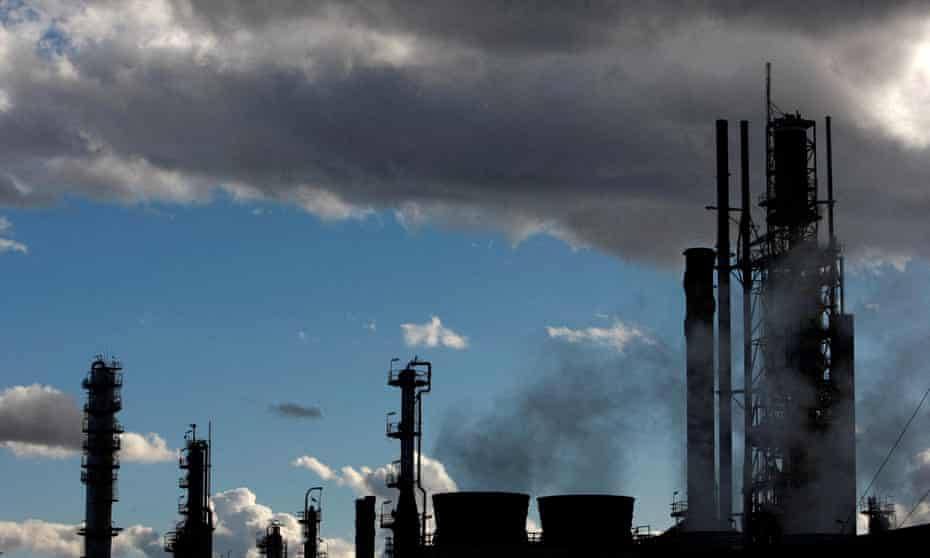
Adam Morton
Australia’s greenhouse gas emissions increased in 2021 as the country wound back Covid-19 lockdowns without taking significant steps to maintain a fall in carbon pollution recorded during the pandemic.
National emissions rose 0.8% – 4.1m tonnes of carbon dioxide – in the final full year of the federal Coalition government, according to government data released on Monday.
While pollution from electricity generation continued to drop due to an increase in renewable energy and reduction in coal power, this decrease was effectively cancelled out as emissions from transport, manufacturing and fossil fuel developments – notably the gas industry – bounced back.

Greenhouse emissions from Australia’s coalmines could be twice as high as official figures say
Emissions were also up from agriculture as the recovery from drought continued.
Officials said compared with 2005 levels – the benchmark the Australian government uses in its international climate commitments under the Paris agreement – emissions were down 21.4%.
But nearly all of this cut was due to a dramatic drop in the emissions from what is known as “land use, land use change and forestry” between 2006 and 2016. Land use emissions were estimated to have fallen dramatically in that period due to changes in state land-clearing laws, a decline in native forestry and forest regeneration in some semi-arid areas.
If the change in land use and forestry emissions is excluded, pollution from the rest of the Australian economy – including the country’s substantial fossil fuel industries – has dipped by only 1.6% since 2005.
The Albanese government’s target of a 43% cut compared with 2005 levels by 2030 includes all parts of the economy, including land use and forestry.
The new climate change minister, Chris Bowen, said the latest quarterly data showed the Coalition had relied on Covid and drought to misleadingly claim emissions had reduced in recent years. He said the previous government had “caps off its record of denial and delay by increasing emissions on the way out”.
“Their failure to deliver proper climate policy over a decade undermines the great strides in emissions reduction made through household solar, the renewable energy target and state-based renewable schemes in the electricity sector over recent years,” he said. “Good climate and energy policy is good economic policy – it doesn’t rely on recession and drought for short-term and temporary emissions reduction.”
The Coalition’s climate change spokesman, Ted O’Brien, was asked for his response.
The greenhouse gas inventory update for the December quarter shows:
Total national emissions for the year were estimated to be 488m tonnes.
The rise of solar power and a cut in coal generation helped push emissions from electricity down 4.2% (7m tonnes) compared with the previous year.
Pollution from transport was up by 4% (3.5m tonnes) as people spent less time in lockdowns and more time in their cars.
Other sectors to see emissions bounce back were heavy industry including manufacturing (3.3%, 3.3m tonnes), agriculture (4.2%, 3.1m tonnes) and fugitive emissions resulting from venting and flaring at oil and gas sites (1.8%, 0.9 m tonnes).
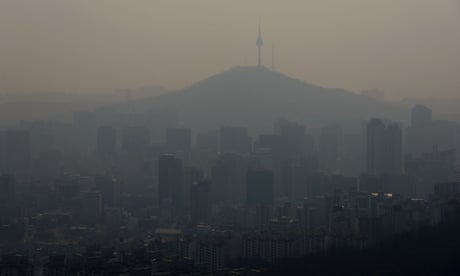
Foetus fronts legal challenge over emissions in South Korea
Looking at the change since 2005, easily the biggest shift in emissions was from land use and forestry, which is estimated to be down more than 140%. Where the sector used to release 90m tonnes, it is now estimated to be a carbon sink, drawing down nearly 40m tonnes from the atmosphere.
This estimate is not universally accepted: an analysis of Queensland data suggested forests in that state were being cleared at almost twice the rate reflected in national greenhouse accounts.Remove changes in land use and forestry from the national greenhouse accounts and the overall change across the fossil fuel economy is small. Electricity emissions dropped nearly 19%, but pollution from other “stationary energy” facilities – essentially heavy industry – were up nearly 26%.
Transport emissions were up 10% compared in 2005 last year, but were still below their peak due to Covid lockdowns and are likely to increase further in 2022. The same applies to fugitive emissions from fossil fuel mines, which were 18% higher than in 2005 but still not back at 2019 levels.Australia’s quarterly emissions by source.
Bowen said Labor’s 2030 target and commitment to reach net zero emissions by 2050 would be underpinned by its “powering Australia” plan. It includes a $20bn fund to accelerate the rollout of renewable energy, a gradual reduction in industrial emissions using the Coalition’s “safeguard mechanism” and reducing taxes on electric vehicles.
Scientific estimates have suggested Australia should be cutting emissions by more than 50% by 2030 to play its part in meeting the goals of the Paris climate agreement.
Tim Baxter, from the Climate Council, said the country needed ambitious policy and concrete measures to reduce the burning of coal, oil and gas.
“Through late 2021 the best the former federal government could manage was bluff and bluster, so it’s hardly surprising emissions sprung back up as Covid lockdowns eased,” he said.
“We need to urgently, permanently and drastically cut greenhouse gas emissions to protect Australian lives, livelihoods and the places we cherish.”
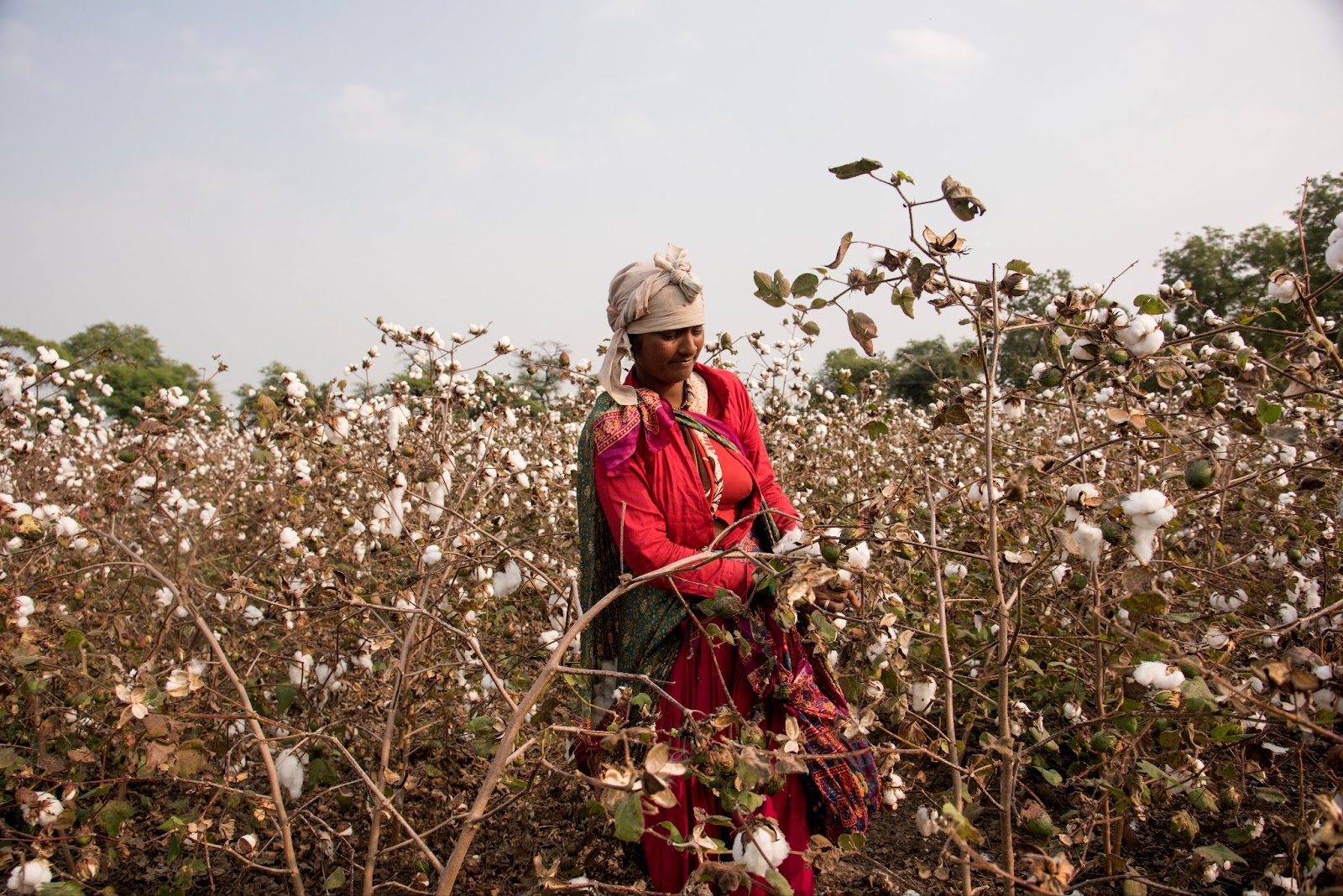
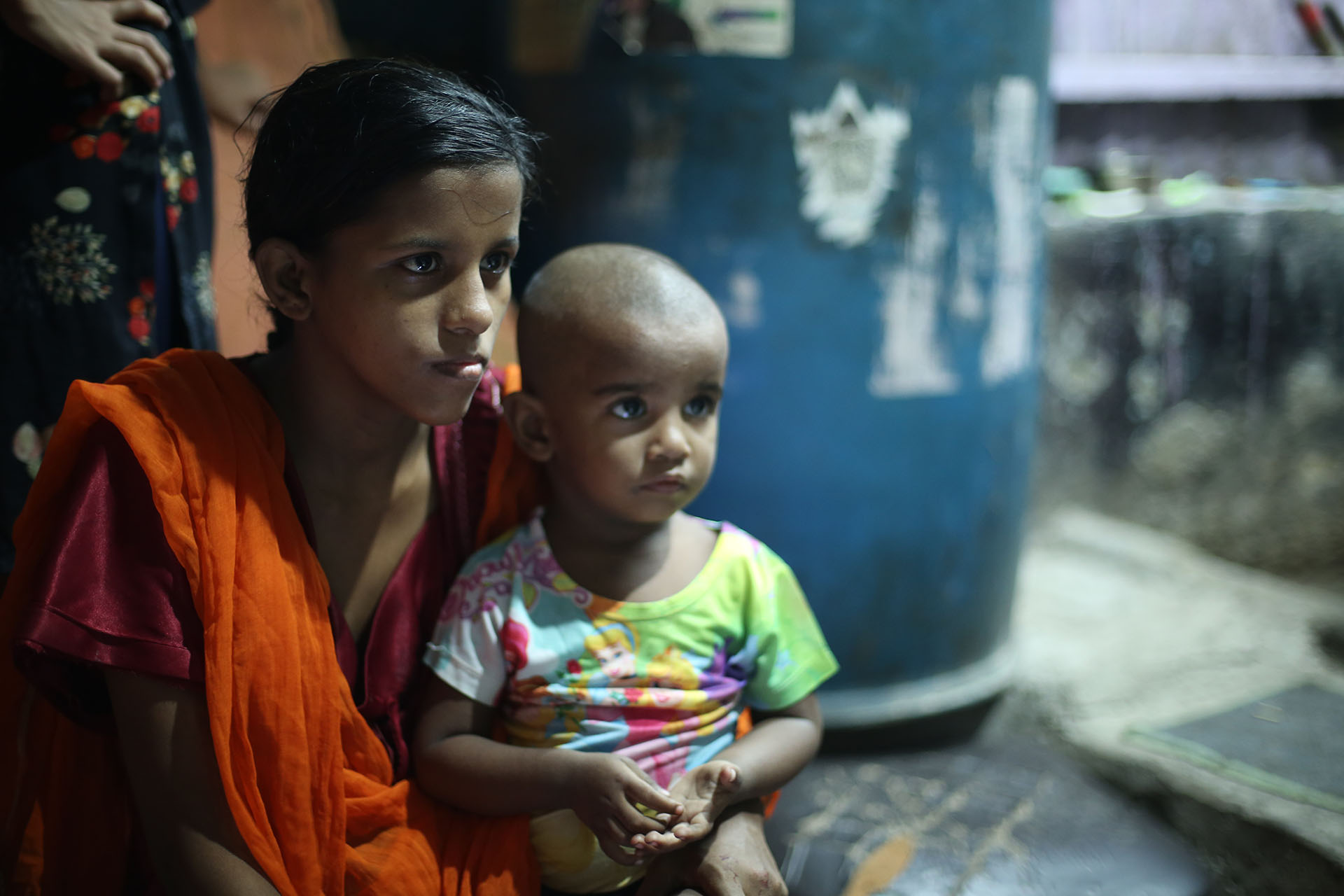 Aliya Shakir Sheikh works from her home in Mumbai’s Shivaji Nagar slum. This summer she was pregnant and the heat left her anxious and too drained to work on most days, she says. (Shankar Menon for The Fuller Project)
Aliya Shakir Sheikh works from her home in Mumbai’s Shivaji Nagar slum. This summer she was pregnant and the heat left her anxious and too drained to work on most days, she says. (Shankar Menon for The Fuller Project)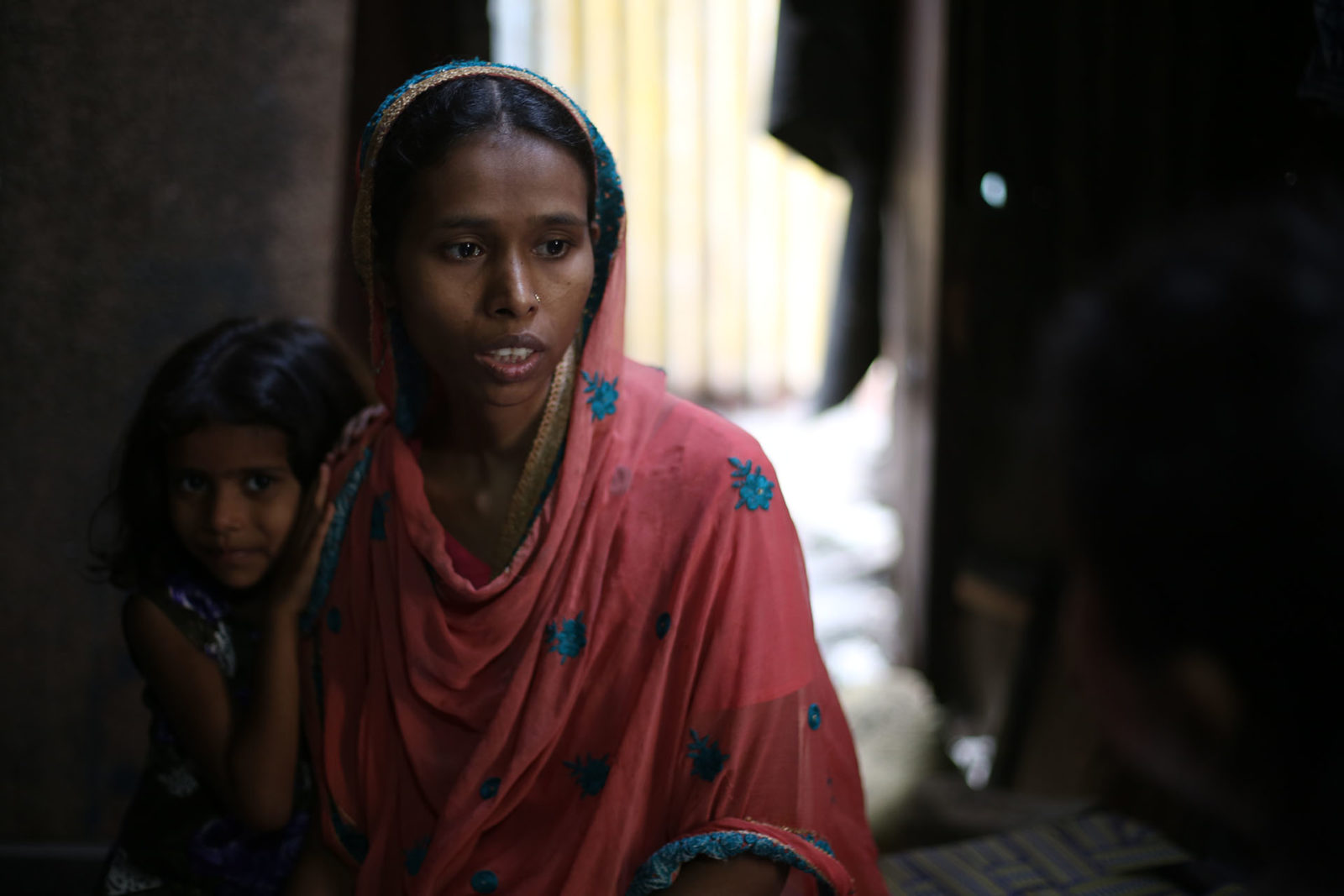
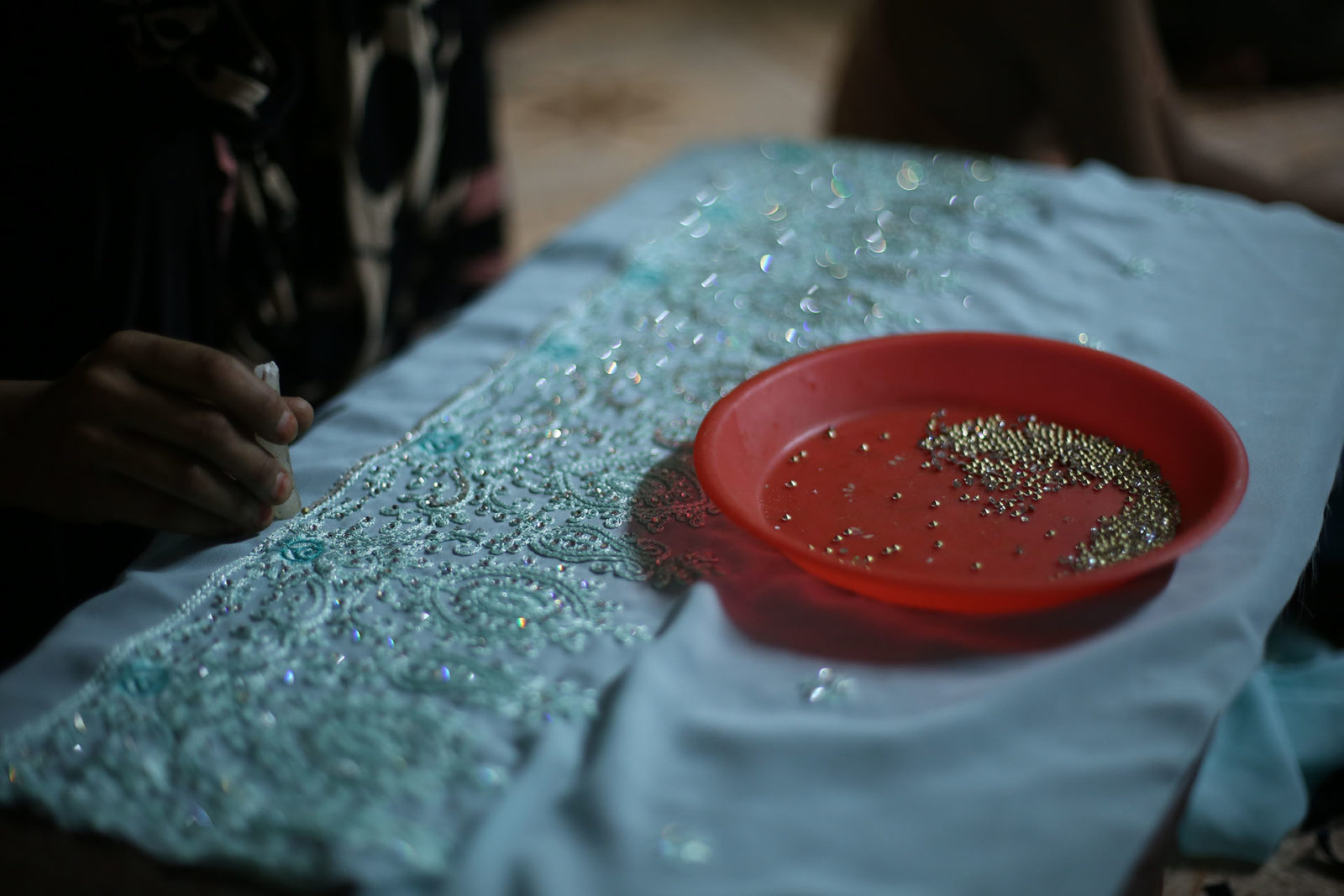
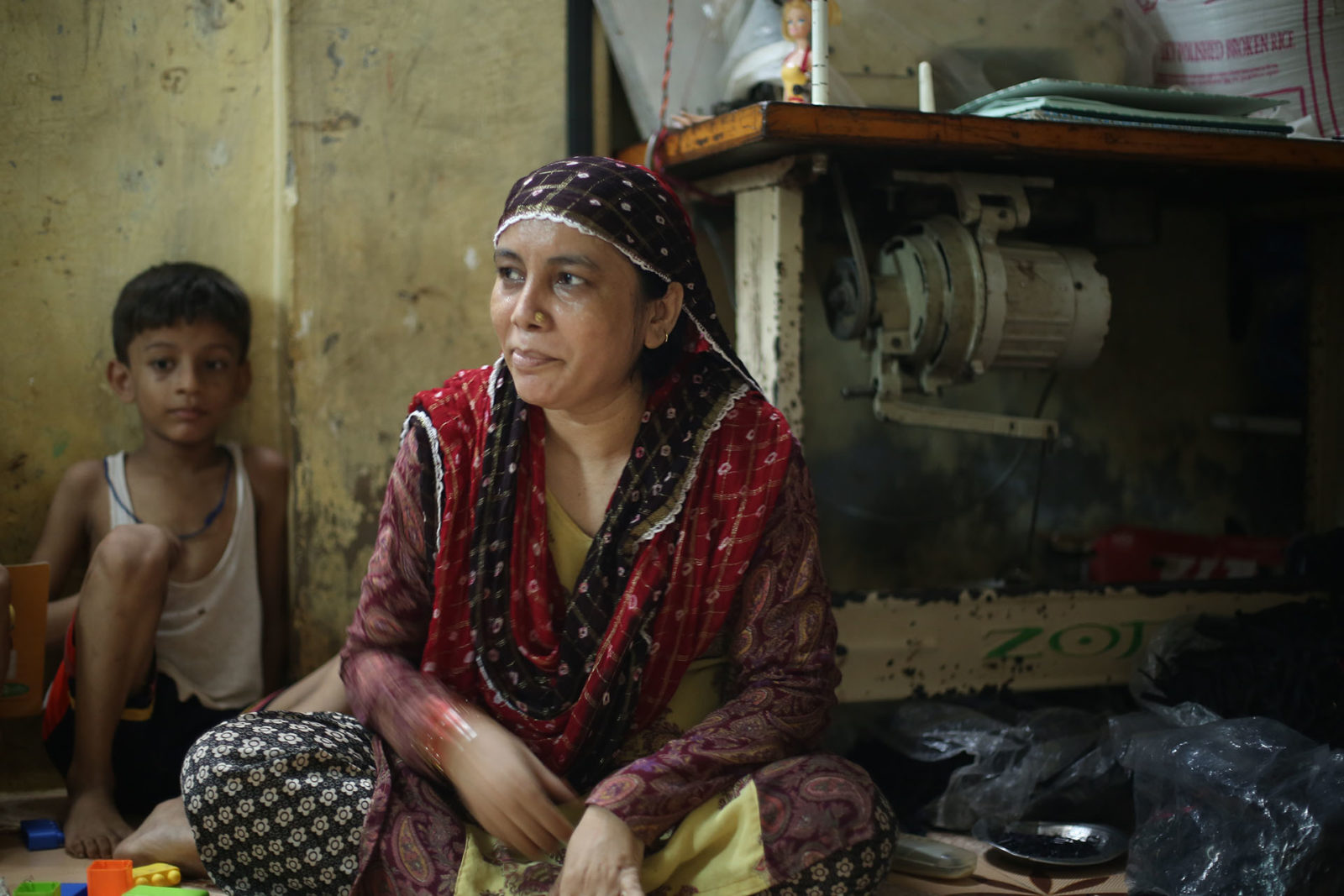




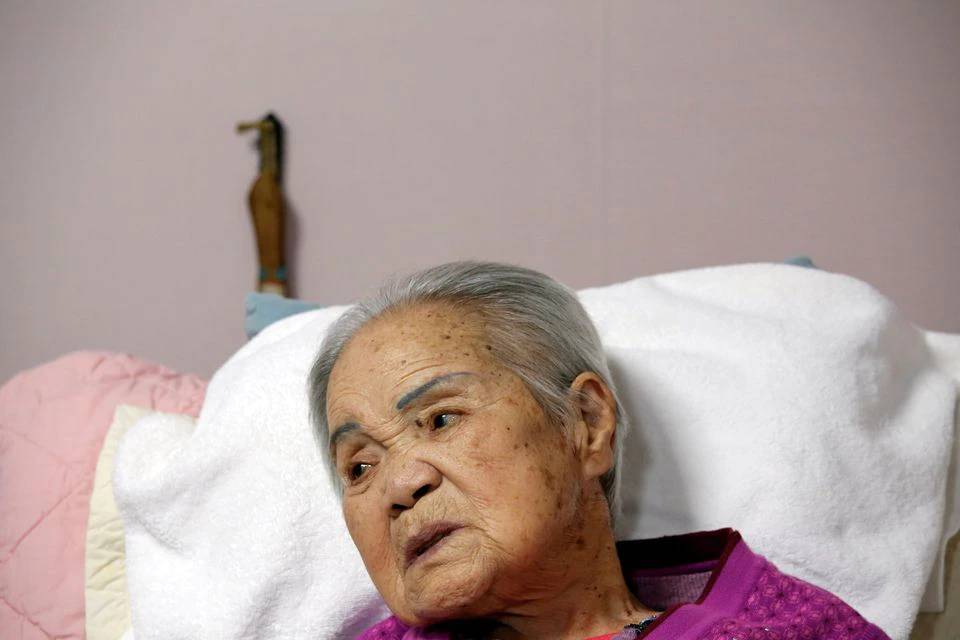
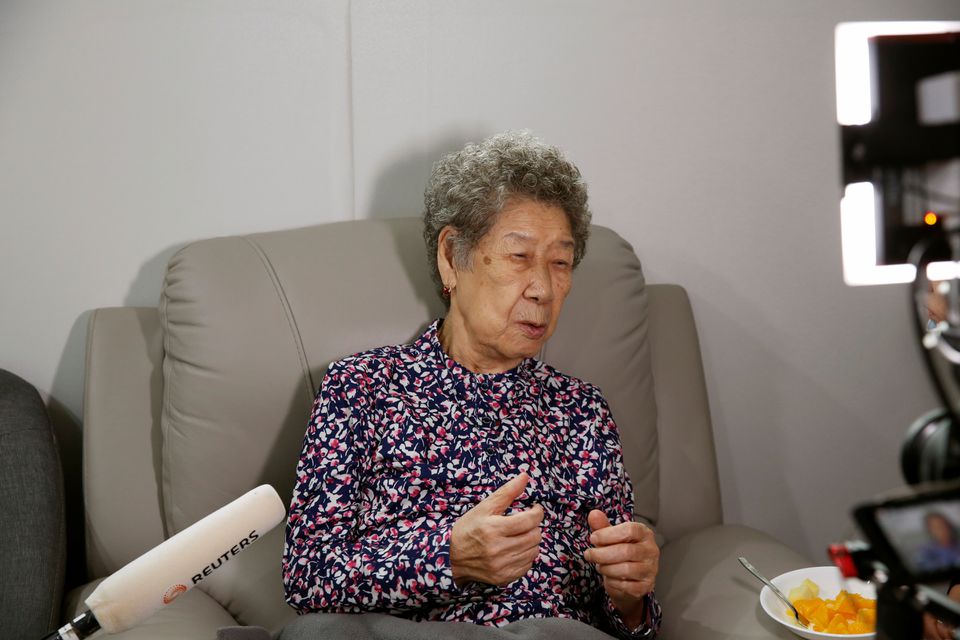


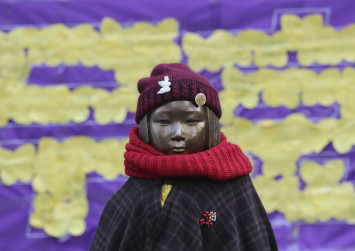
:quality(70)/cloudfront-eu-central-1.images.arcpublishing.com/thenational/XNWNKZCXZH7ZCOVZWHGZK33HMM.jpg)